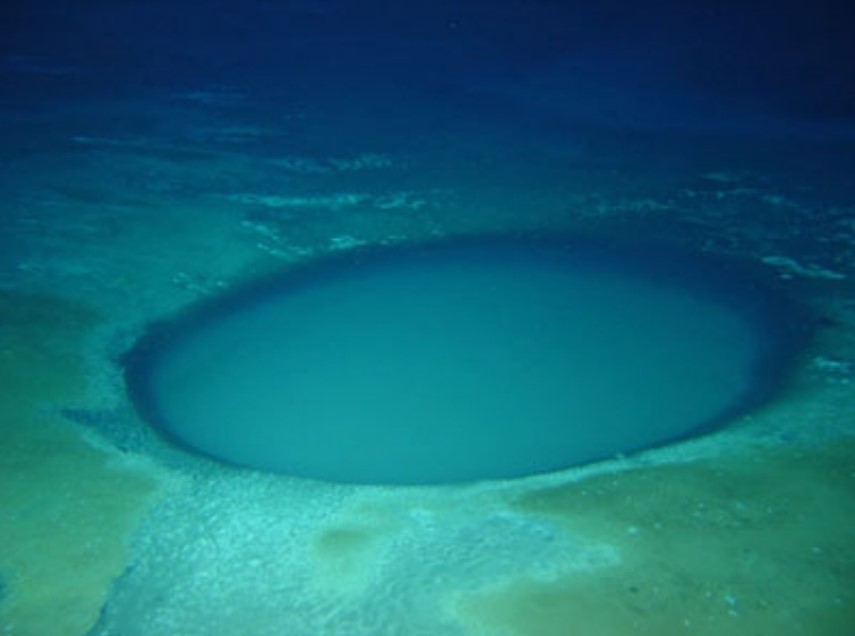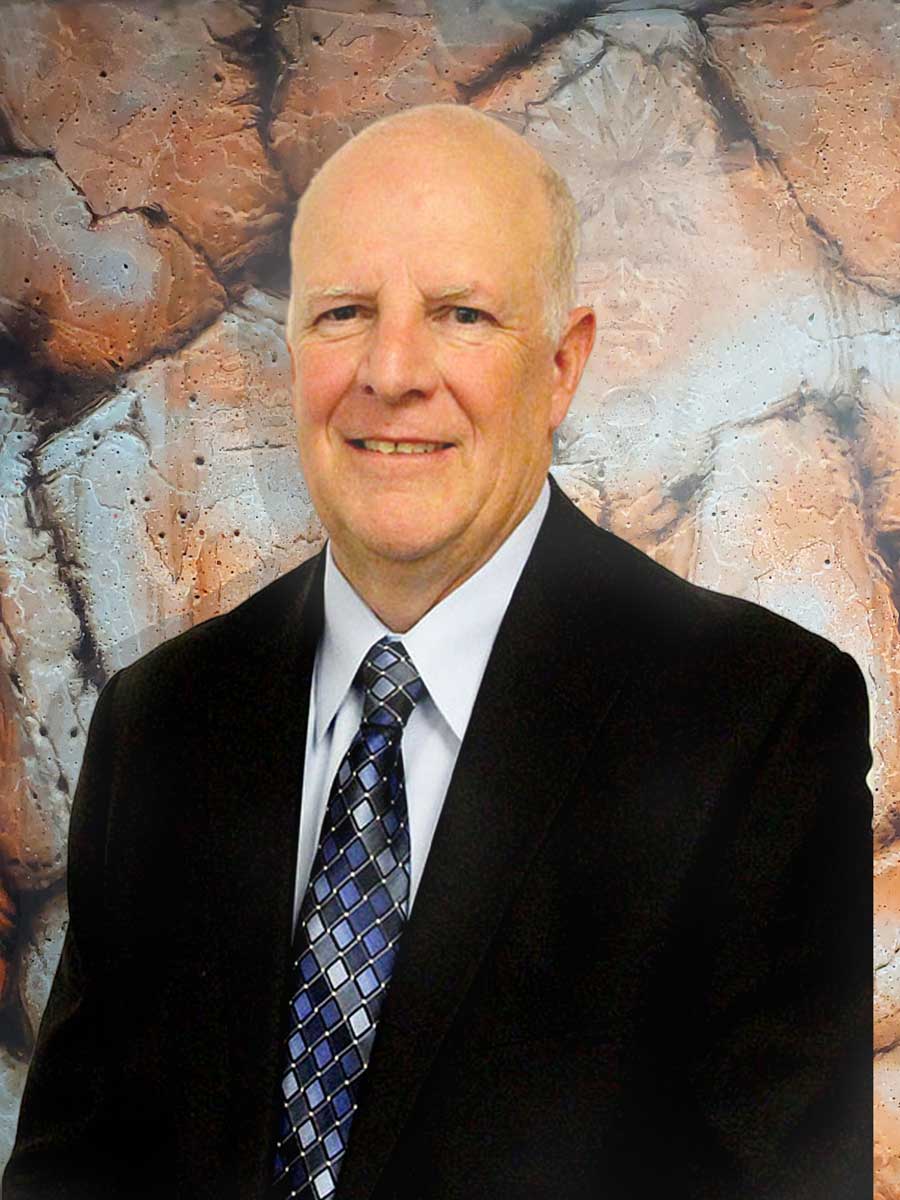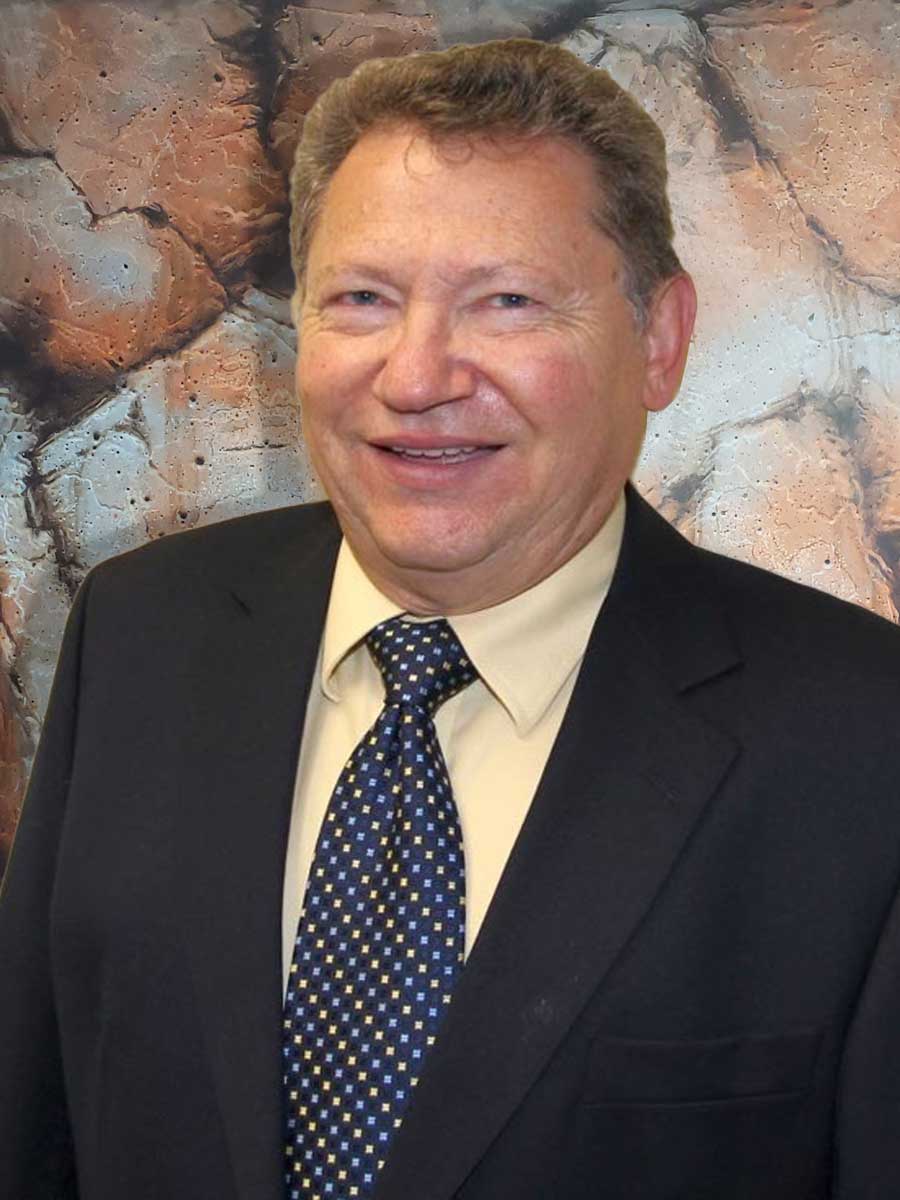Mining the Brine: US Strategic’s Hybrid Exploration Approach Can Provide Critical Minerals for the US Consumer

This image is a brine pool at the bottom of the ocean in the Gulf of Mexico, offshore USA.
How can brine be mined?
One must understand what mining means. Mining, digging, chipping, or simply moving surface sediments has occurred in one form or another for as long as humans and other land mammals have existed on Earth. Fast forward to the present – several NASA space programs have focused explicitly on mining or simply rock collecting on nearby asteroids and Mars. Why do we go to such great lengths to mine elsewhere when we have so many mines right here on our planet? Exploration is in our DNA! Below is a photograph of a brine pool on the ocean floor in the Gulf of Mexico, offshore USA.
Much of the Earth’s surface is covered by seawater which is technically a brine. The Dead Sea in Israel is an excellent example of a surface brine deposit that is mined, or more specifically, the Dead Sea’s brine is collected and processed to extract valuable minerals and compounds.
Why are certain brine deposits so valuable and how uncommon are these types of brine deposits? To attempt to answer this question first requires a deep understanding of the earth sciences, engineering, and business finance.
Simply put, value is in the eye of the beholder.
Most large, new mine projects are located a long way from the United States, and the mining, concentrating, handling and transportation costs to bring a particular mined product to the end-user are so high that domestic sourcing of critical and strategic minerals becomes imperative from a national security perspective.
Rare Earth Elements or REE’s fall into this category along with many of the elements necessary for batteries of all sizes and type. Lithium is currently in high demand along with cobalt, nickel, and copper for use in electric vehicle batteries, cell phones, and other consumer electronics.
Can lithium be extracted from brines?
The answer is absolutely Yes!
Many new projects aimed at extracting lithium from brines are under various stages of planning and development throughout the world.
The economic viability of a new brine mining project always comes into play early in this new exploration model. The obvious mine site is typically where you find the brine deposit, regardless of which mineral is to be processed from the brine source.
The best scenario would be a large brine source located near a railroad and highway system. Even better if there were no environmental or social hurdles to address or foreign entities to placate.
Guess what? US Strategic’s brine source in Utah’s Paradox Basin has all this and more. Our hybrid exploration approach can make Utah a force to contend with in domestic critical and strategic minerals production.
What is a hybrid exploration approach?
Hybrids result from mixing two different methods hoping to find a better, improved way of doing something. In our search for LiquidOre™ brines which contain valuable minerals, we use a rotary drilling rig typically used to drill for oil, gas, or geothermal water.
Once we reach the brine reservoir, we again use tried and true equipment and methods to complete the well to produce the brine and deliver it to surface storage tanks. Once the brine is transported to the desired location via truck, pipeline, or rail, the processing step is variable and tailored to the specific minerals to be extracted from the brine.
Why is the hybrid exploration approach better?
For one, the surface footprint of our mining operation is less than 10 acres in size. Typical brine mining for lithium and other specialty minerals using surface evaporation ponds requires a much larger mine site and is environmentally and logistically challenged in all but a few areas of the world. Other advantages of our hybrid approach to exploring for and producing brines for industrial uses can be found here.
Recently, the increased need for sustainable, baseload renewable energy sources like geothermal used for electricity has brought capital investor’s attention to the hot geothermal brines and the minerals that are contained as dissolved solids in the brines.
Direct Extraction of minerals using a chemical process specifically designed to precipitate a compound that can then be sold for industrial use can provide an impressive return on capital employed for grassroots mining projects that produce brine from subterranean reservoirs.
Now the icing on the cake so to speak.
What if, in the chemical processing step described above, one could sequester CO₂ from the air, or a nearby fossil fuel-burning power plant’s stack? A technology called Direct Air Capture or DAC is at the forefront of several commercial-scale projects that seek to remove CO₂ from the atmosphere and sequester it permanently either underground or into useful products.
US Strategic is currently developing processing technology to take CO₂ from the atmosphere and use it in combination with our LiquidOre™ brines to permanently store it as an alkaline earth carbonate product, such as aggregate commonly used for road base and in concrete. Demonstration scale testing is planned for 2021 at the ITC in Gillette, Wyoming to further evaluate the efficiency and economic viability of our patent-pending technology.
We are seeking to establish a partnership with a public corporation that is a large CO₂ emitter looking to jointly fund a commercial-scale project at one or more of its operations. The supply of CO₂ is seemingly endless and brines from industrial operations like oil and geothermal processing facilities are in many cases viable for use as a feedstock in our CCUS technology.
Find out how your company can become an ESG standout in the Green Climate Initiative by learning more about what we do at US Strategic Minerals Exploration.








